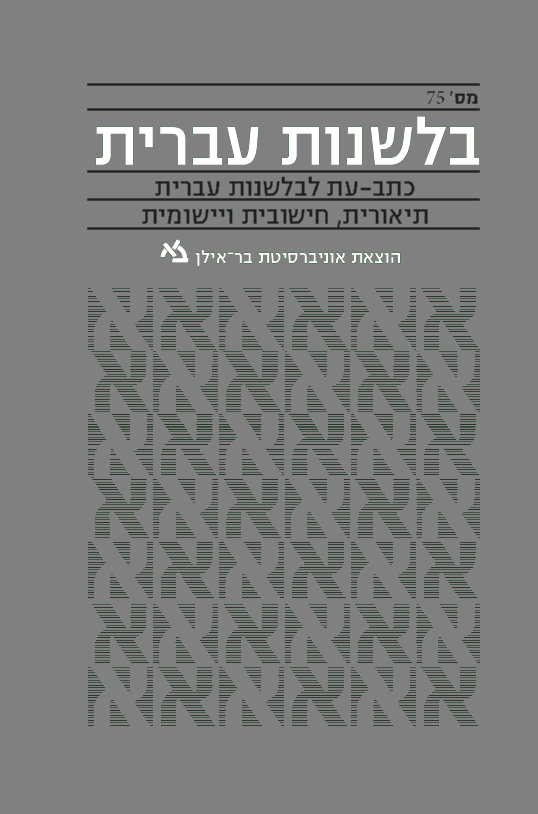The Case of the Responsa Language of Medieval Provence
Keywords:
Medieval Hebrew, Responsa, Jews - ProvenceAbstract
In the following article I will discuss aspects of the Hebrew used by Rabbi Abraham ben Isaac (also known as RABad II) of Narbonne in his responsa. RABad II was one of the most illustrious Jewish scholars in Provence in the High Medieval Period.
The origin of Jewish settlement in southern France is surrounded by myth. Not much is known about it, nor about the first few hundred years of Jewish life in southern Gallia. It is likely that the beginning of Jewish life in Provence goes back to the fateful years after the destruction of Jerusalem and the second Temple (70 CE). Yet, concrete evidence can be traced only from the 4th century onward. Moreover, the first extant rabbinic literature texts from Provence are dated to the late 11th century – a long period after the Jewish community settled down in the region. The flowering of Jewish life in Provence occurred later, in the 12th and the 13th centuries. RABad II of Narbonne (1080/5-1158) belongs to the beginning of this period. R. Abraham was Av-Bet-Din (head of the rabbinic court) of Narbonne, as well as the head of a rabbinic academy (yeshiva) there. Several of his students became prominent halakhic figures in other congregations all over the region. RABad II also authored a book of halakhic rulings – Sefer HaEshkol.
The corpus for the following research is a collection of responsa found in two manuscripts copied around the 15th and 16th centuries. For the purpose of this work, the principal witness is a MS Guenzburg 566, which was described by Prof. S. Emanuel in his book Teshubot HaGeonim HaH̱adashot. The second witness is MS Qapah 85, Teshubot HaRaavi and HaRaabad (RABad II and RABad III responsa), which was emended by Rabbi Y. Qapah in his book. The corpus incorporates a unique phenomenon: identical, parallel responsa located in different places in the manuscripts. The results of this study are based on around 5,000 words of these parallel answers.
The following work focuses on the verbal system, presenting perspectives on the tense-mode-aspect system and morphological insights.

